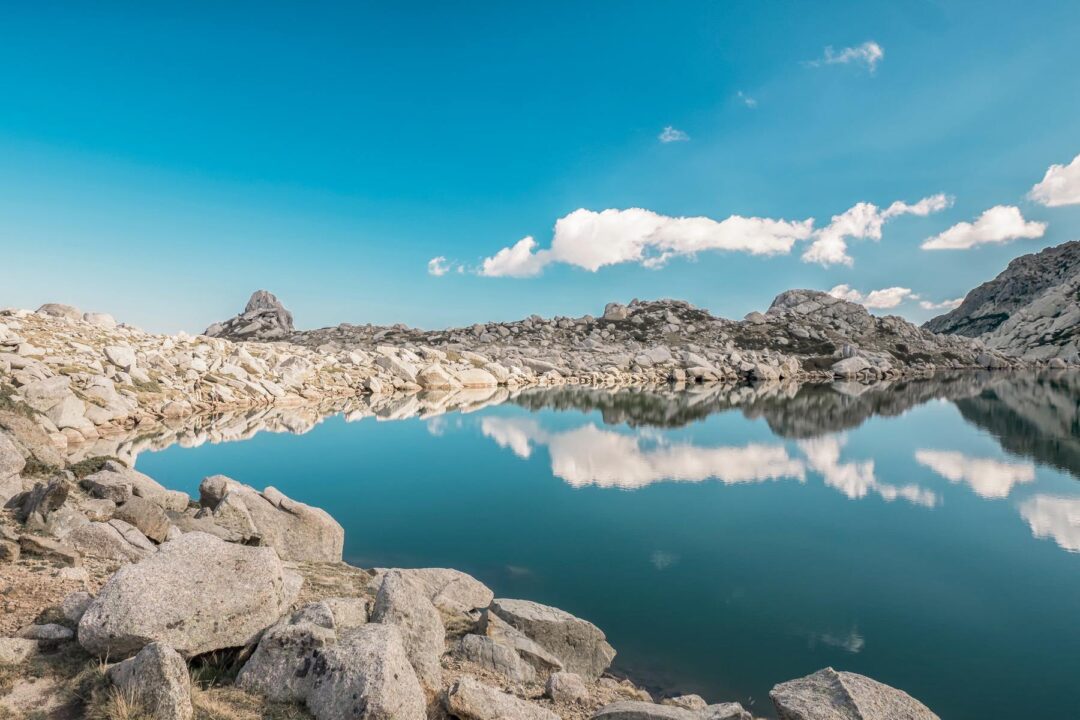Learning outdoors


What’s the idea?
Research has shown that spending time outdoors has numerous benefits for young people, including supporting mental wellbeing (McCormick, 2017; Gill 2011) and self-regulation (Weeland et al., 2019) as well as aiding physical development. Studies suggest that children enjoy learning outside and that their engagement is better in lessons taught outdoors (Largo-Wight et al., 2018).
Given concerns over children’s increased screen time during lockdown, enabling students to take their learning outside is one way that teachers can support students’ physical and emotional health as well as maintaining their engagement and motivation. This guide will explore some of the ways in which this can be done with younger pupils during distance learning.
What does it mean?
There are various approaches to outdoor learning but for the purpose of this guide, the focus is not on any specific pedagogy, such as ‘Forest school’, but on taking curriculum activities outside. Most research evidence on outdoor learning focuses on nature contact, as natural spaces are thought to reap greater benefits. However, not all children have equal access to local natural spaces. So, the majority of activities suggested here could be carried out in a garden, urban park or local nature spot as well as on safe paved areas or school grounds. Research suggests that vulnerable children, including those from challenging backgrounds (McArdle et al., 2013) may reap the greatest benefits from natural outdoor learning.
How does it work in practice?
- Sorting activities can take place outside with natural resources. Collect leaves, stones or sticks and categorise them based on shape, colour or size. Order from smallest to largest, count and compare similarities and differences, choose the odd one out and justify why.
- Scientific concepts can be explored through hands-on, outdoor play. Investigate air resistance by seeing which types of leaves fall faster or slower when dropped from a height, explore forces by playing on playground equipment, see which items float and sink in water, explore which materials are waterproof by leaving them stretched over a container outside and seeing how much rain gets through.
- Consider which art activities could take place outside using minimal resources, such as painting with a brush and water onto paving or tree trunks, observational drawing, natural sculptures and leaf/bark rubbings.
- A short walk outside provides multiple opportunities for learning – creating a map of the journey, measuring distances between landmarks using footsteps or strides, writing descriptions of where they go or what they see.
- Encourage students to engage with outdoors from a window if they are not able to leave home – note, discuss or record aspects of the outdoors such as the weather; clouds; wildlife; vehicles; puddles; shadows; smells and sounds. Recording could take the form of tally charts, drawings, notes or photographs. Finally, how can previous learning be reinforced while spending time outdoors? Can short stories or rhymes be retold whilst out for a walk? Reciting times tables whilst passing a ball back and forth? Looking for objects outdoors which begin with a particular phoneme? For all rehearsal tasks, consider – can this be done in combination with fresh air and physical activity?
Want to know more?
- Gill T (2011) Children and Nature: A quasi-systematic review of the empirical evidence. Available at: https://www.london.gov.uk/sites/default/files/lsdc_-_sowing_the_seeds_-_literature_review_2011.pdf (accessed 18 February).
- Largo-Wight E, Guardino C, Wludyka PS, et al. (2018) Nature contact at school: The impact of an outdoor classroom on children’s wellbeing. International Journal of Environmental Health Research 28(6): 653– 666.
- McArdle K, Harrison T and Harrison D (2013) Does a nurturing approach that uses an outdoor play environment build resilience in children from a challenging background? Journal of Adventure Education and Outdoor Learning 13(3): 238–254.
- Weeland J, Moens MA, Beute F et al. (2019) A dose of nature: Two three-level meta-analyses of the beneficial effects of exposure to nature on children’s self-regulation. Journal of Environmental Psychology 65, 101326.
-
The Woodland Trust’s outdoor learning pack includes tips for teaching outside
-
Learning through landscapes offers a range of free outdoor lesson ideas and resources
-
This Impact article is on inclusive, creative approaches to outdoor learning and this Research Review examines outdoor learning.










Thanks a lot! That was very interesting. Will use these ideas in my practice.